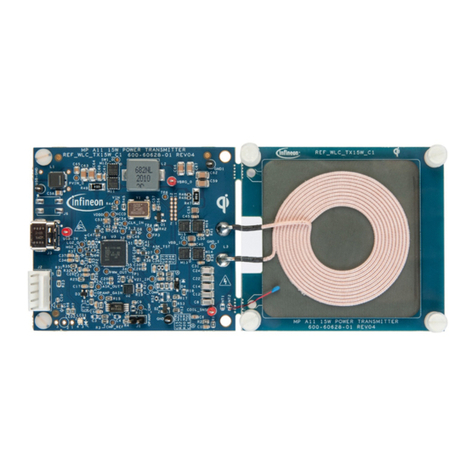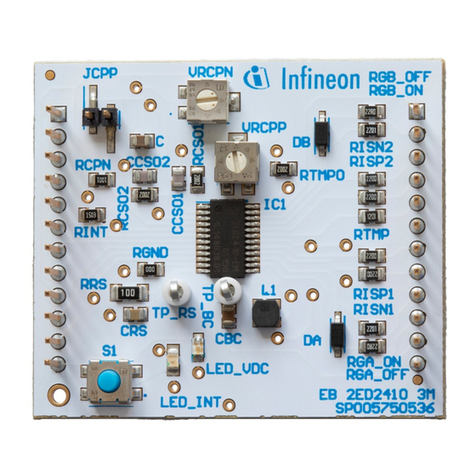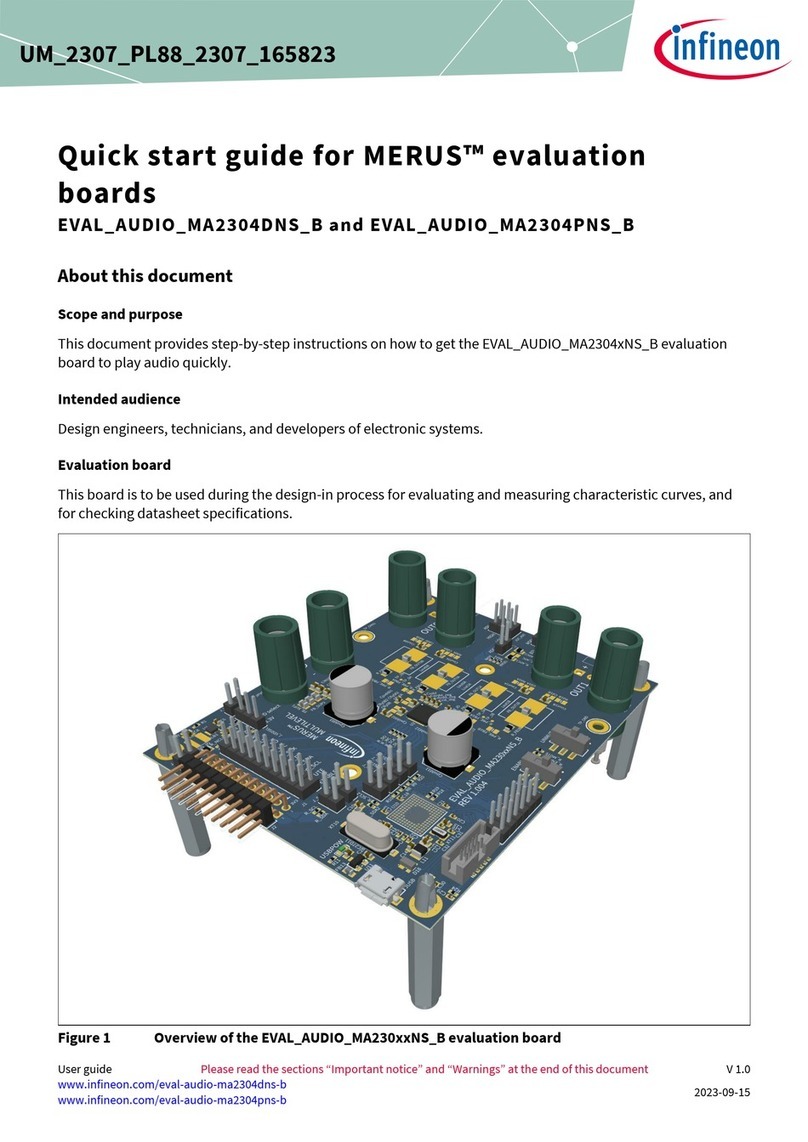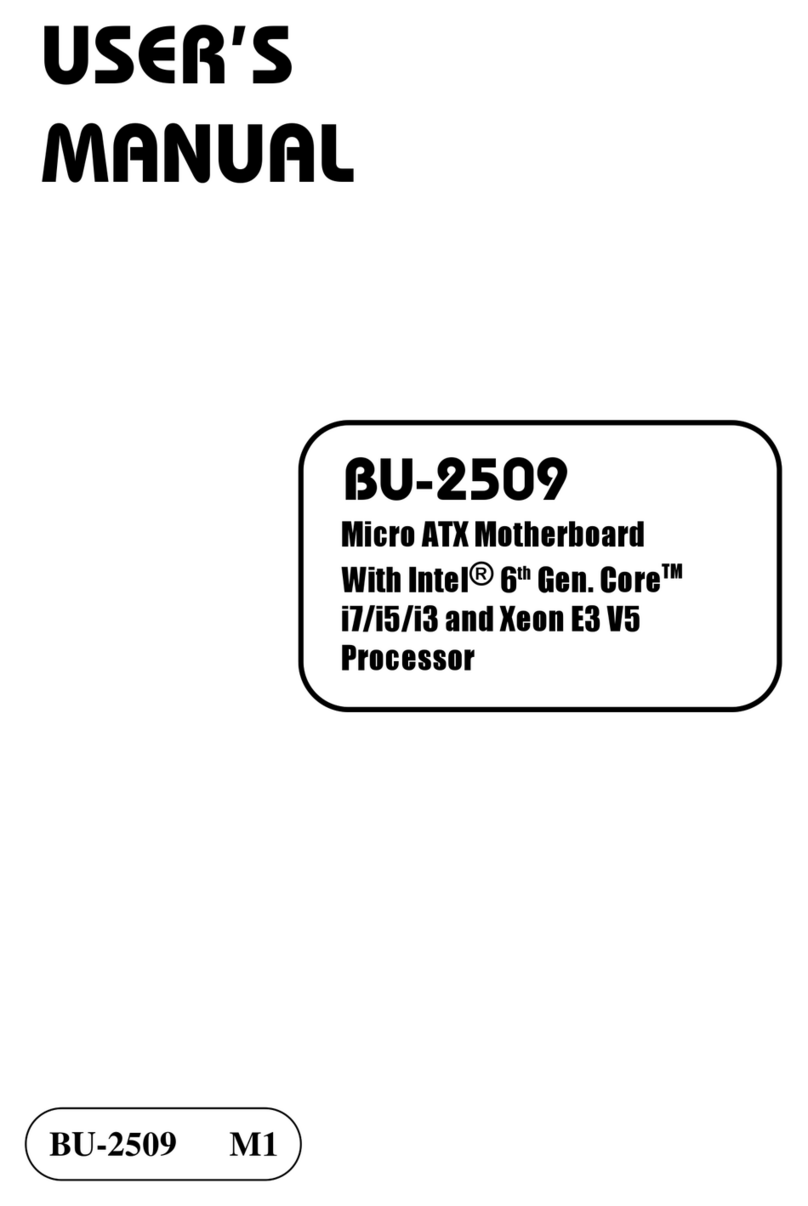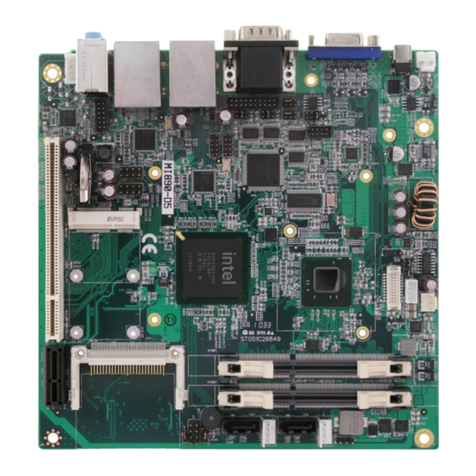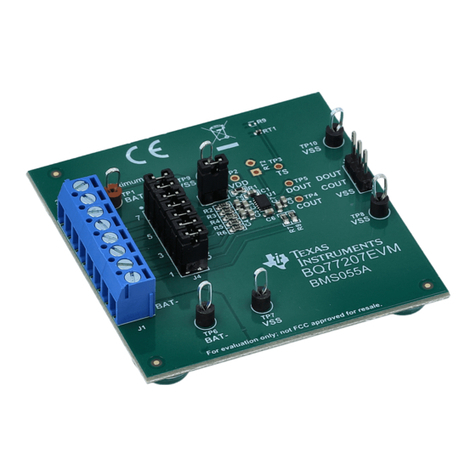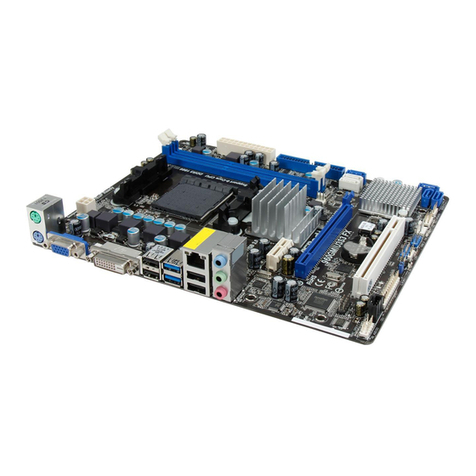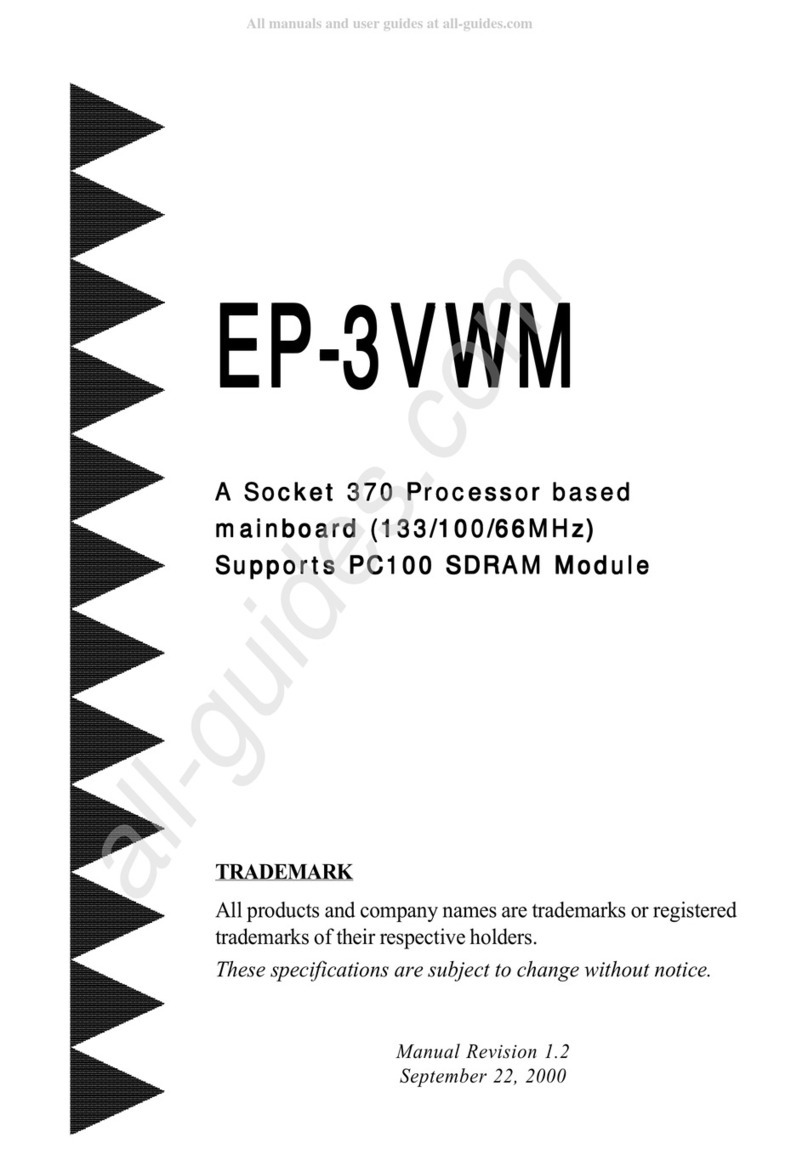Infineon BGT24LTR11 User manual




















Other manuals for BGT24LTR11
1
Table of contents
Other Infineon Motherboard manuals

Infineon
Infineon TriBoard TC2X3 User manual

Infineon
Infineon Cypress MB2146-270 User manual

Infineon
Infineon TLD5099EP User manual
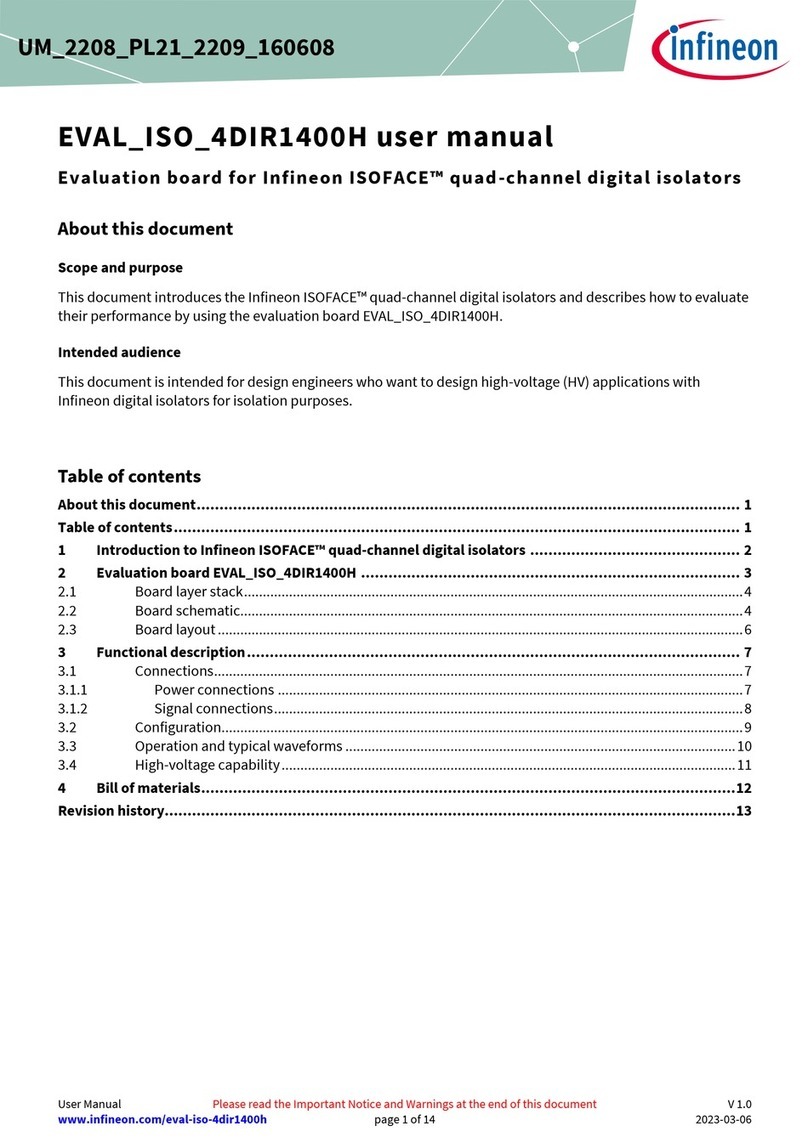
Infineon
Infineon EVAL ISO 4DIR1400H User manual
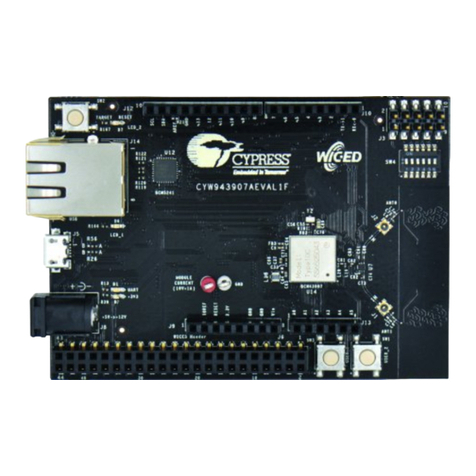
Infineon
Infineon CYW943907AEVAL1F User manual

Infineon
Infineon OPTIGA Trust E Security Shield2Go User manual
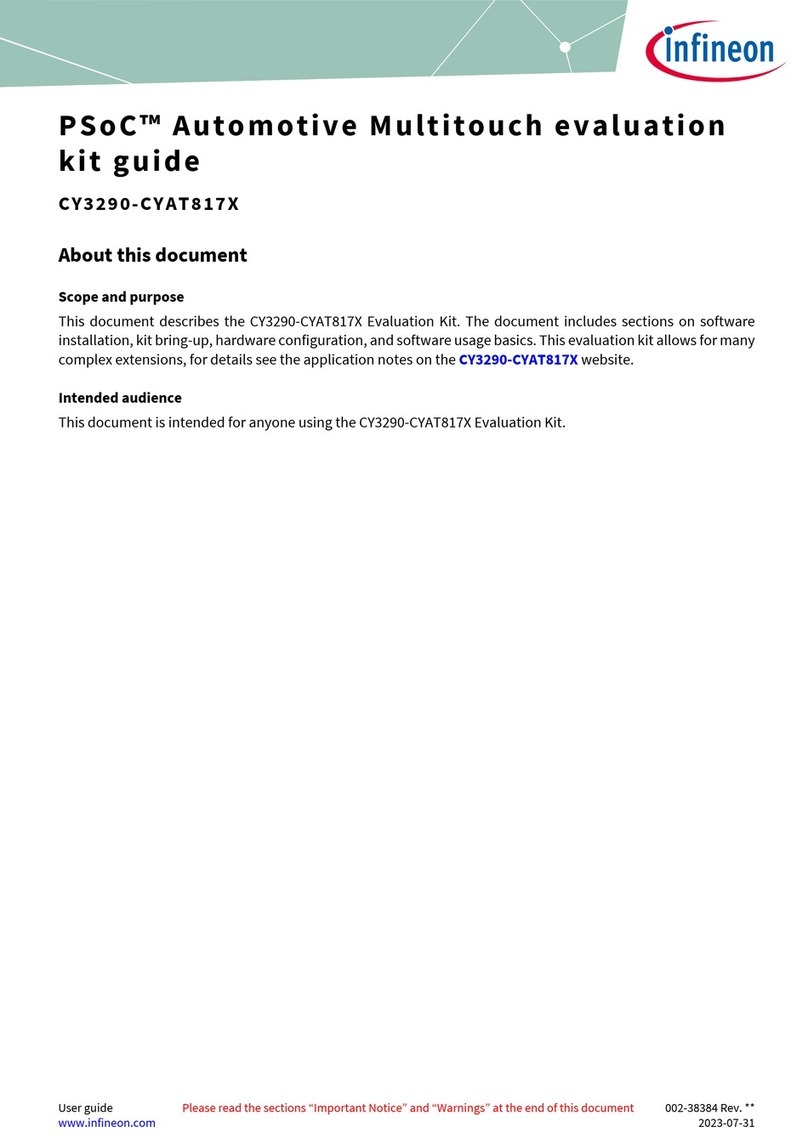
Infineon
Infineon CY3290-CYAT817X User manual
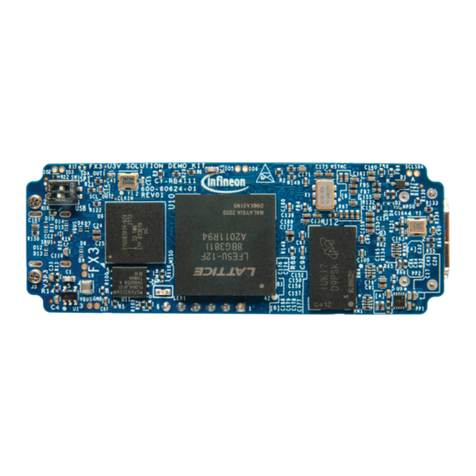
Infineon
Infineon EZ-USB FX3 USB3 Vision solution demo kit User manual
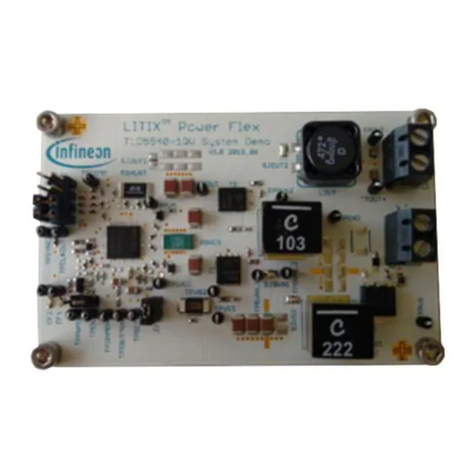
Infineon
Infineon LITIX Power TLD5190-1QV User manual
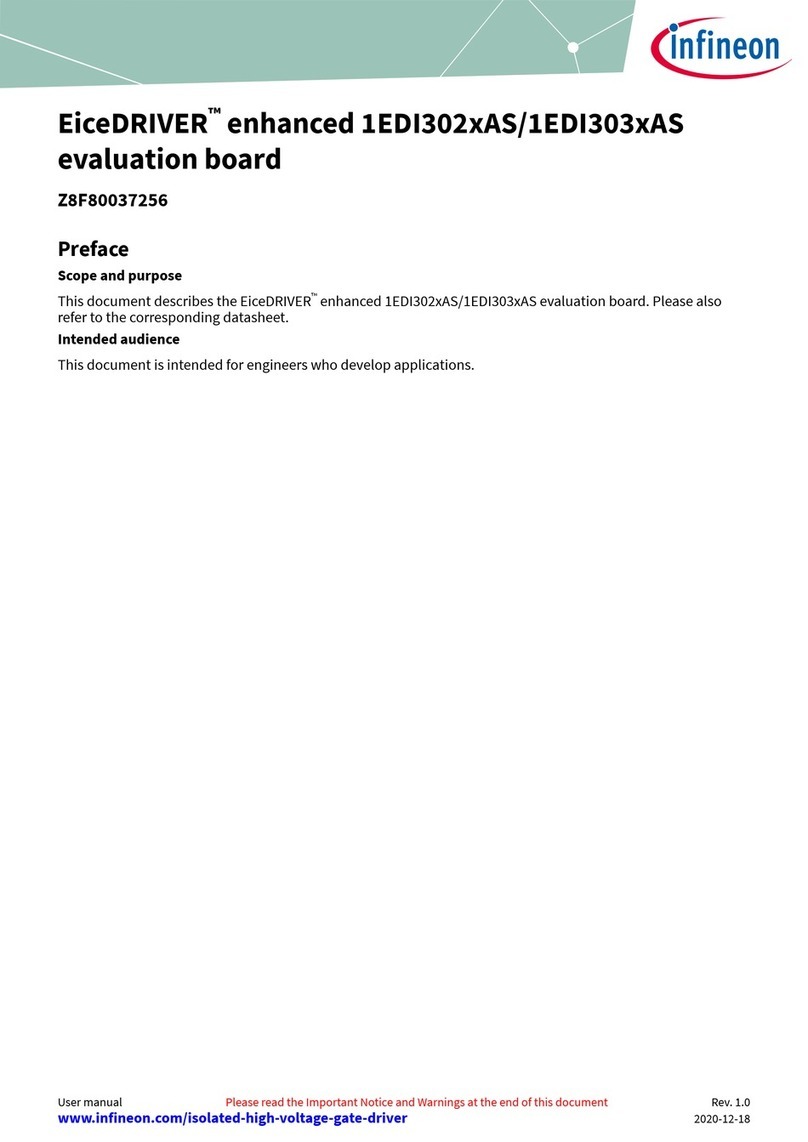
Infineon
Infineon EiceDRIVER 1EDI302 AS Series User manual
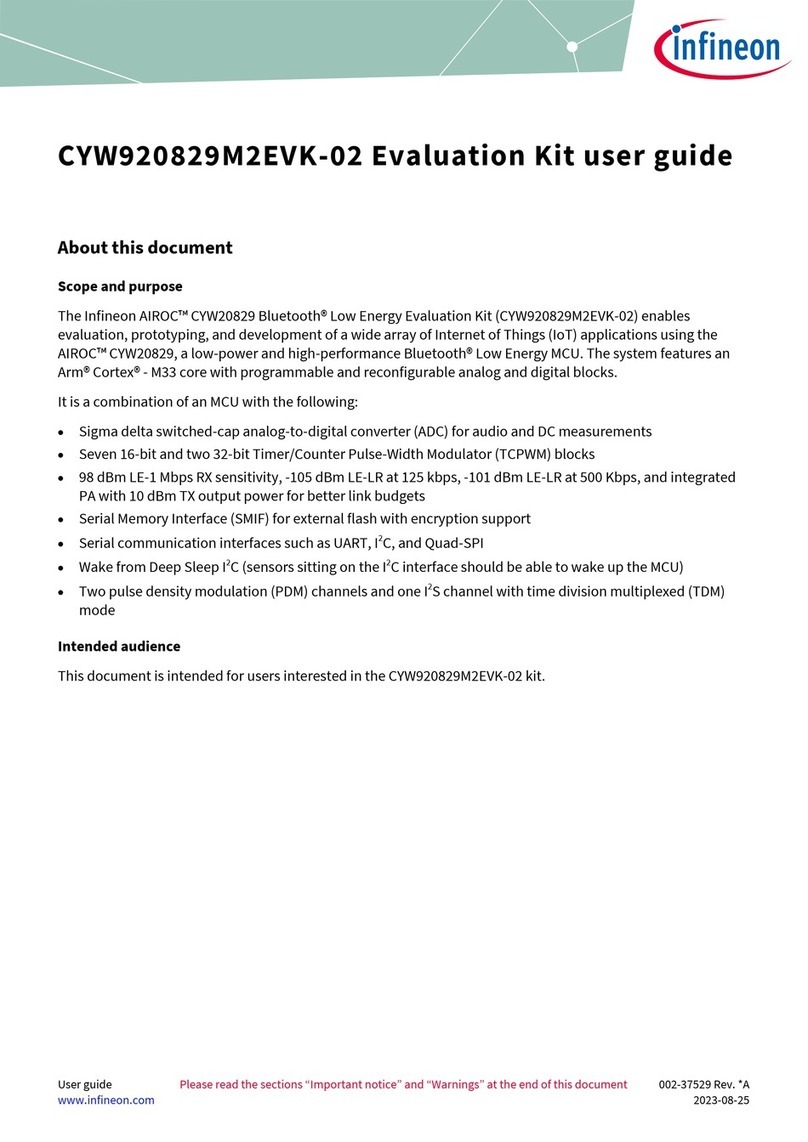
Infineon
Infineon CYW920829M2EVK-02 User manual
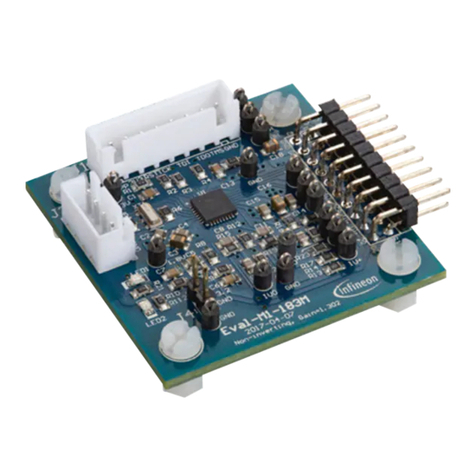
Infineon
Infineon iMOTION EVAL-M1-183M User manual
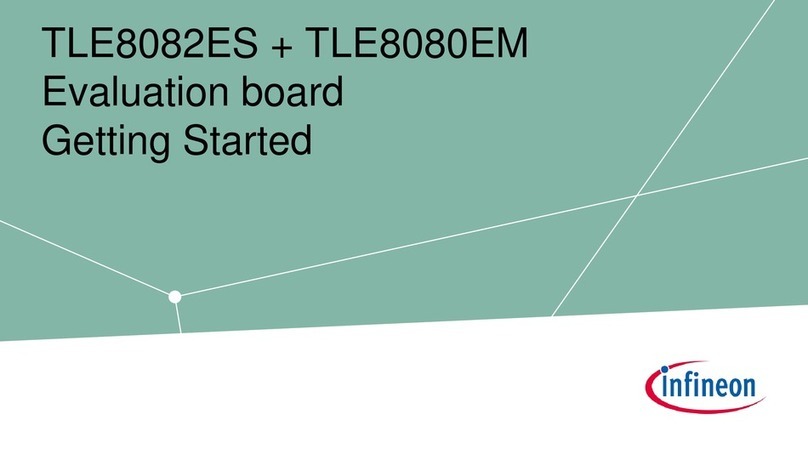
Infineon
Infineon TLE8082ES User manual

Infineon
Infineon XMC 2Go User manual
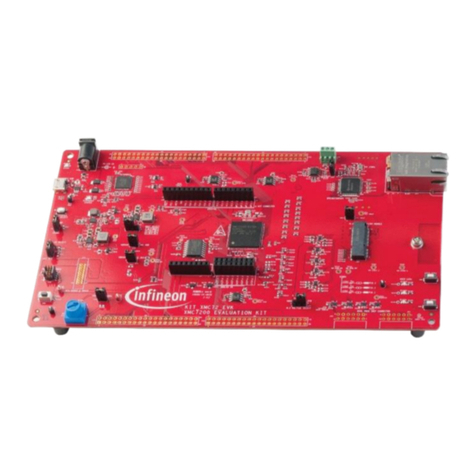
Infineon
Infineon XMC7200 User manual
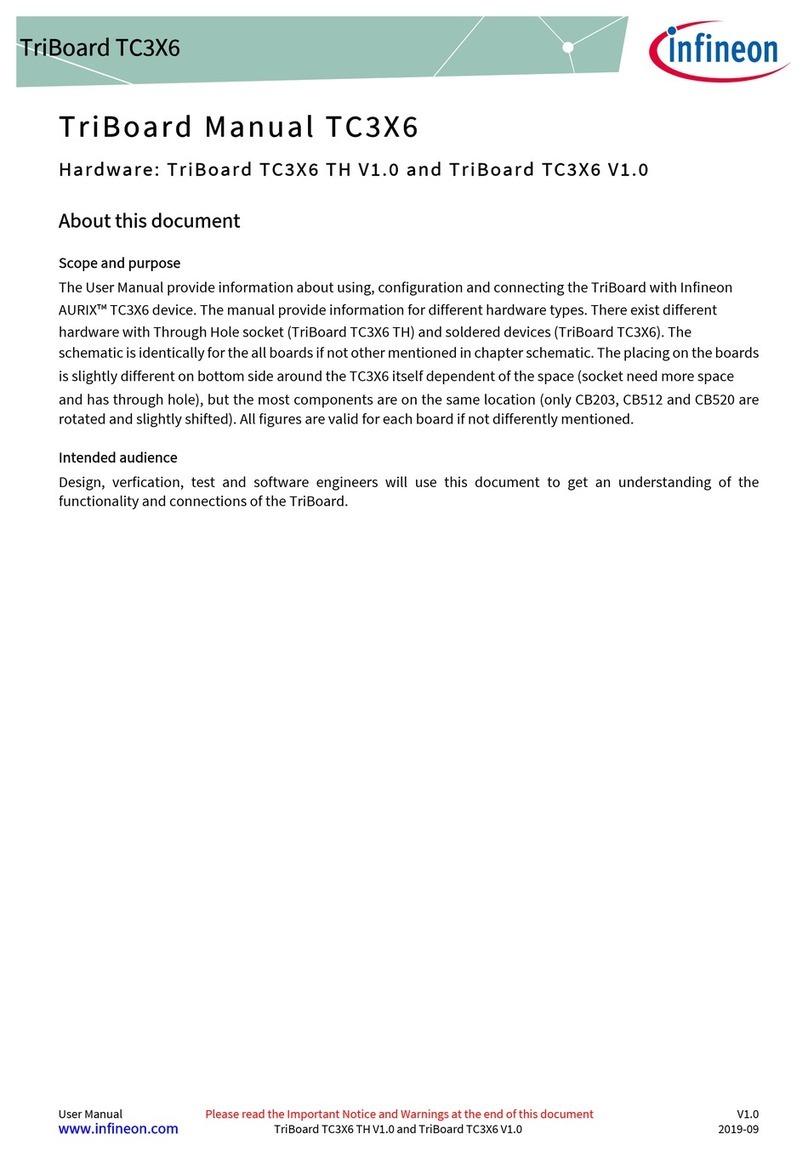
Infineon
Infineon TriBoard TC3 6 Series User manual
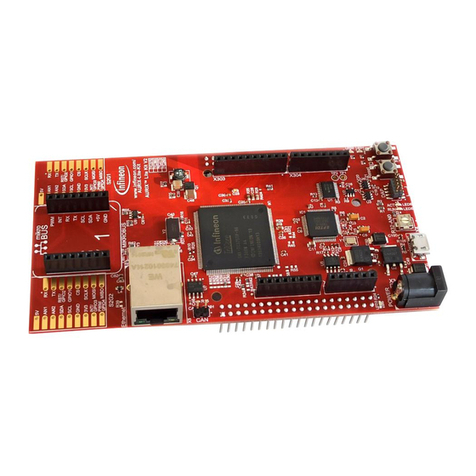
Infineon
Infineon AURIX lite Kit V2 User manual
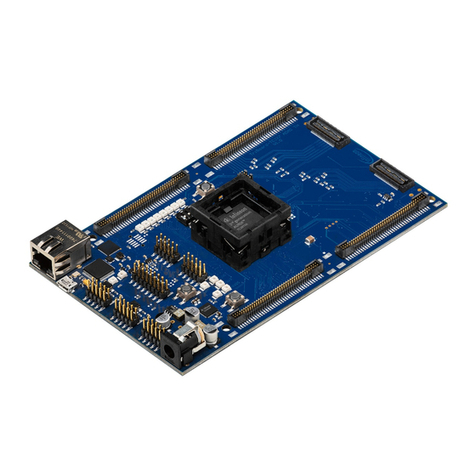
Infineon
Infineon TriBoard TC3X7 Series User manual
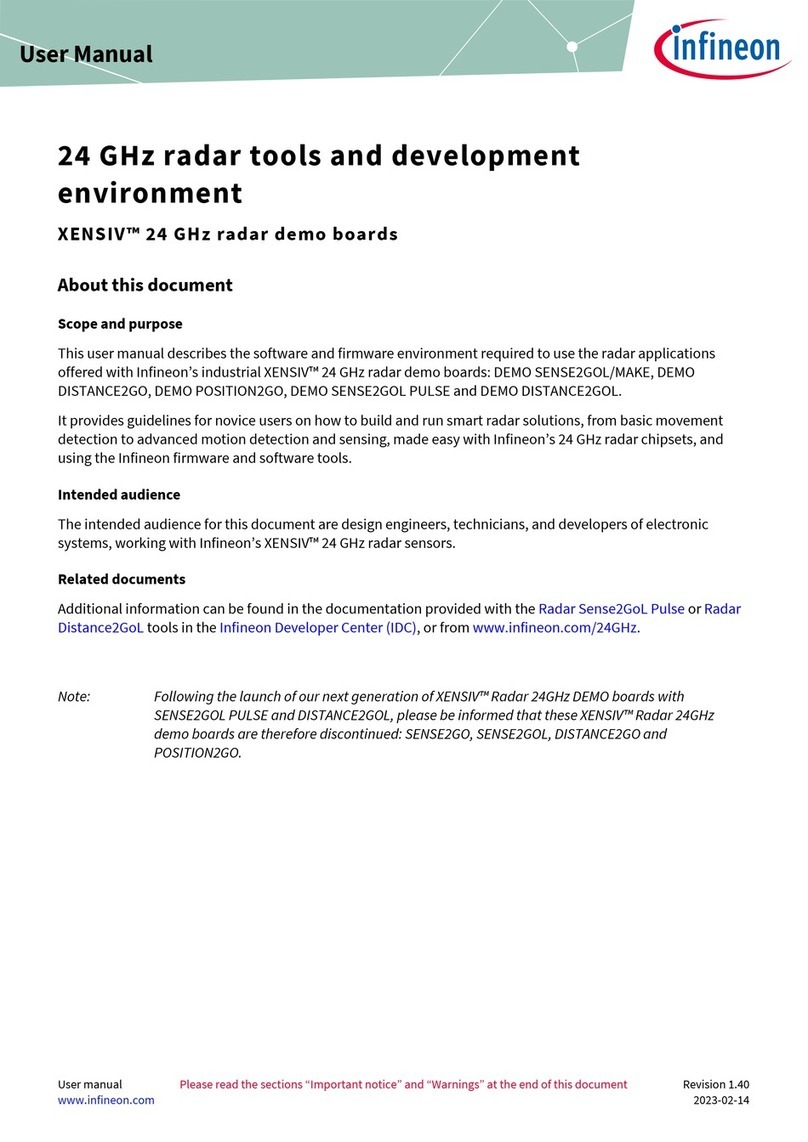
Infineon
Infineon XENSIV DEMO SENSE2GOL User manual
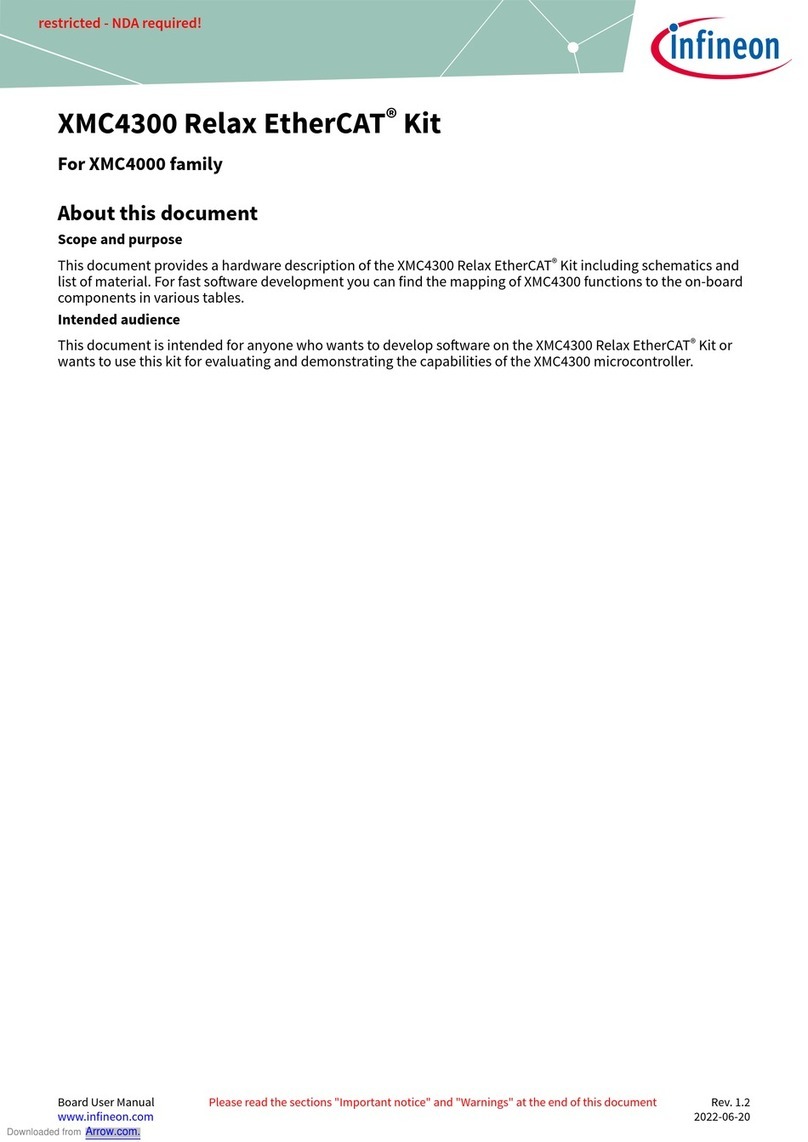
Infineon
Infineon XMC4300 Relax EtherCAT Kit-V1.1 User manual
Popular Motherboard manuals by other brands
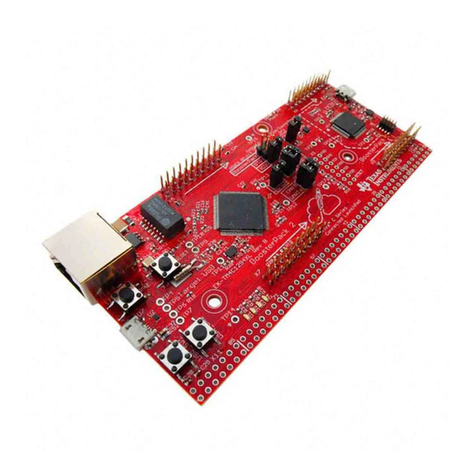
Texas Instruments
Texas Instruments TM4C Series user guide
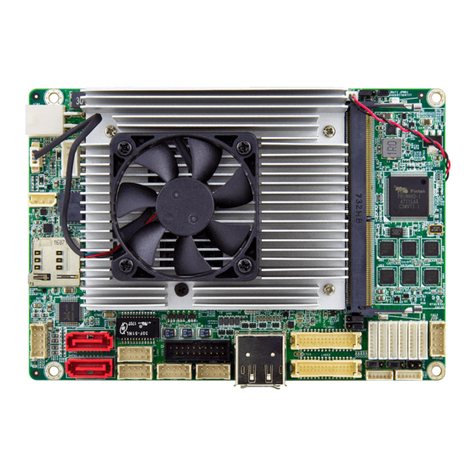
Arbor Technology
Arbor Technology EmCORE-i89M2 user manual
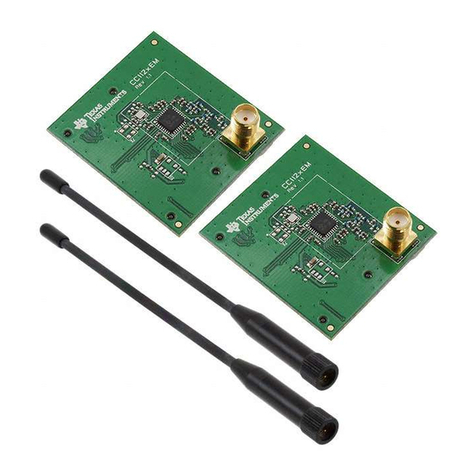
Texas Instruments
Texas Instruments CC112 Series quick start guide
Freescale Semiconductor
Freescale Semiconductor Freedom FRDM-KW24D512 user guide

Asus
Asus P4SE U2 user guide

DFI
DFI CMS101 user manual
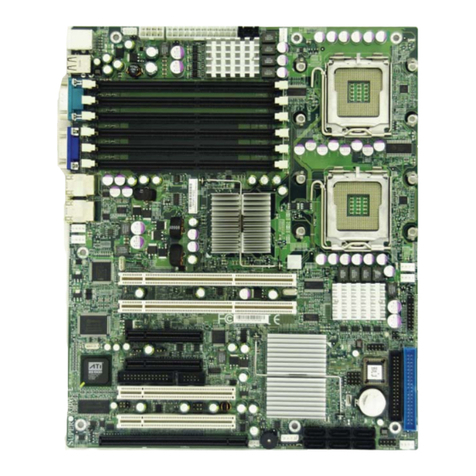
Supermicro
Supermicro Supero X7DVL-E user manual

SMART
SMART RTM-ATCA-7360 quick start guide
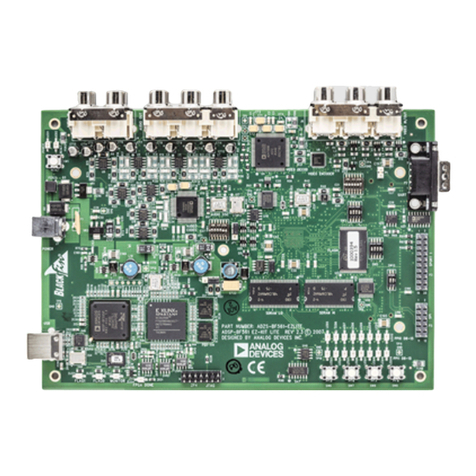
Analog Devices
Analog Devices ADSP-BF561 EZ-KIT Lite System manual

Fujitsu Siemens Computers
Fujitsu Siemens Computers D1691 Technical manual

Asus
Asus MAXIMUS IX EXTREME manual
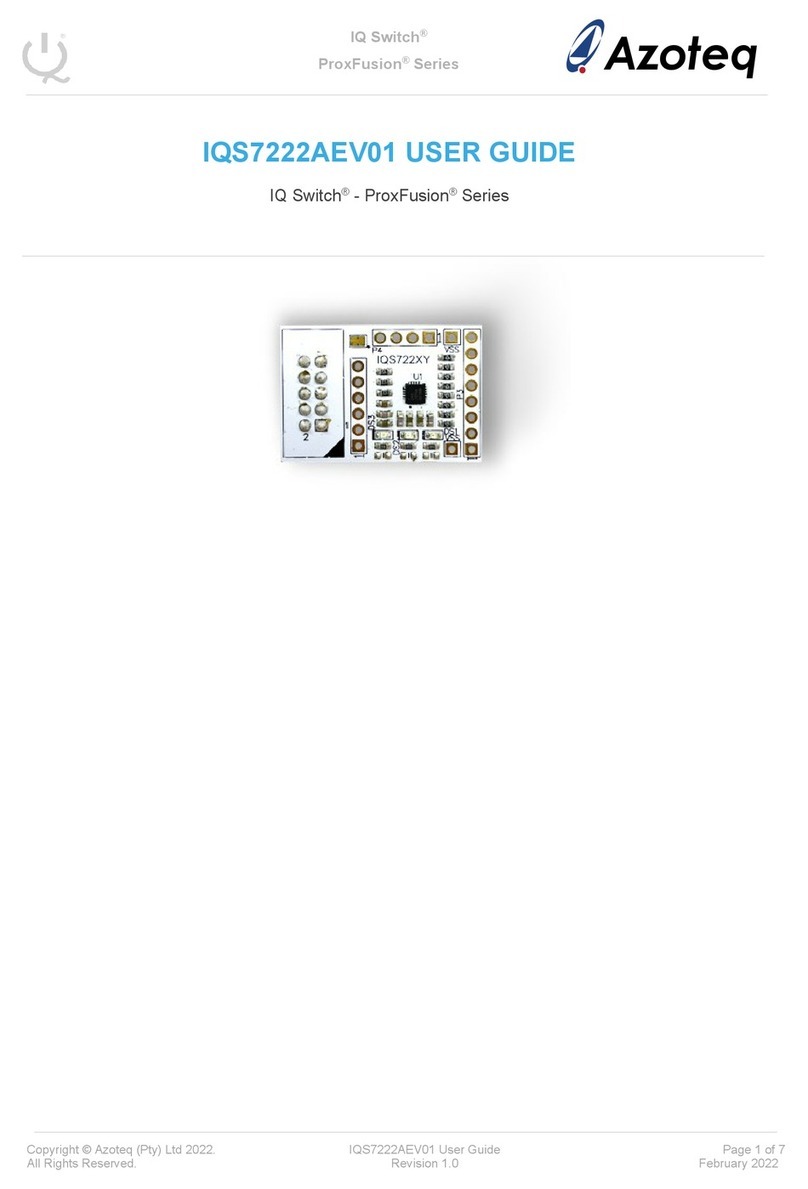
Azoteq
Azoteq IQ Switch ProxFusion Series user guide
